When the Mughal emperor Shah Jahan became unwell, it is believed that his hakims advised him to consume a hot and flavorful dish that was also simple to stomach. The chaat was born, a dish made with lentils and pulses and topped with a dribble of spicy mint and coriander chutney and sweet-sour date and tamarind chutney. The chutneys were the final two ingredients that gave chaat its name, as both are thought to have come from the Sanskrit term chaatni, which meaning “to lick.”
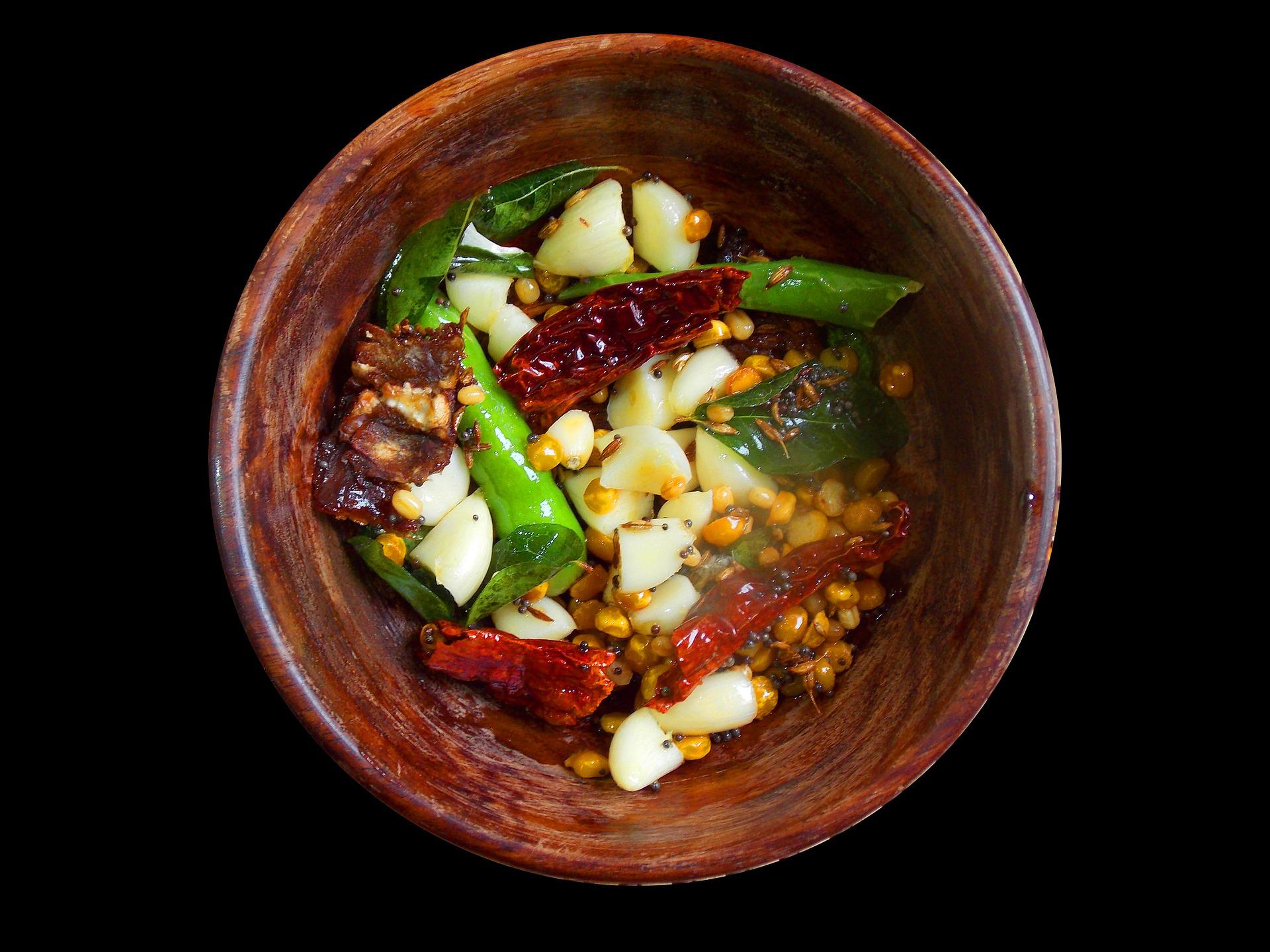
It’s worth noticing what this indicates about the use of chutneys. Chutney is, of course, merely an accompaniment in most meals. It’s always on the plate’s margins. To liven up a dull dinner, all you need is a dab. “A small bit of chutney should last an entire meal.” “It’s constructed in such a way that you should lick it rather than chew it,” says food historian Pushpesh Pant. It is like pickle, adds ‘rasa,’ or basic flavour, that could otherwise be lacking. Unlike pickles, which are processed and preserved foods, most chutneys are created fresh.”
As a result of its freshness and rawness, the chutney provides a modest but potent dose of micronutrients that would otherwise be lacking in the meal. Chutney is thought to assist digestion since it contains components like pudina (mint), jeera (cumin), and saunth (dry ginger), as Shah Jahan’s hakims advocated. Above all, the chutney is a flavour explosion that elevates any dish above the commonplace, regardless of where it comes from in the country.
The chutney is just a mixture made up of several ingredients that has been crushed on a grinding stone or pounded in a mortar with a pestle. Is it feasible, then, that chutney is the oldest kind of prepared meal that humans have ever encountered? Pant thinks so. “It’s fair to believe that the chutney predates any other recipe known to homo sapiens.” It was most likely ‘created’ by accident by our hunting-gathering forefathers, possibly even before cooking changed our food habits. Crushed berries, fruit and leaves, seeds and nuts make anything we eat taste better, and it becomes a habit or preference over time,” he says.
But, in the way that it is being employed, is the chutney only an accompaniment or an Indian analogue to modern condiments like ketchup and mustard sauce? Chutney is a concept that is created in Indian kitchens a few hours — or even minutes — before a meal is served. It’s the concept that no meal should be boring and no food should go to waste. Often, a healthful but unappealing item, such as flax seeds (agasi or javas), was transformed into a chutney to make it tasty.
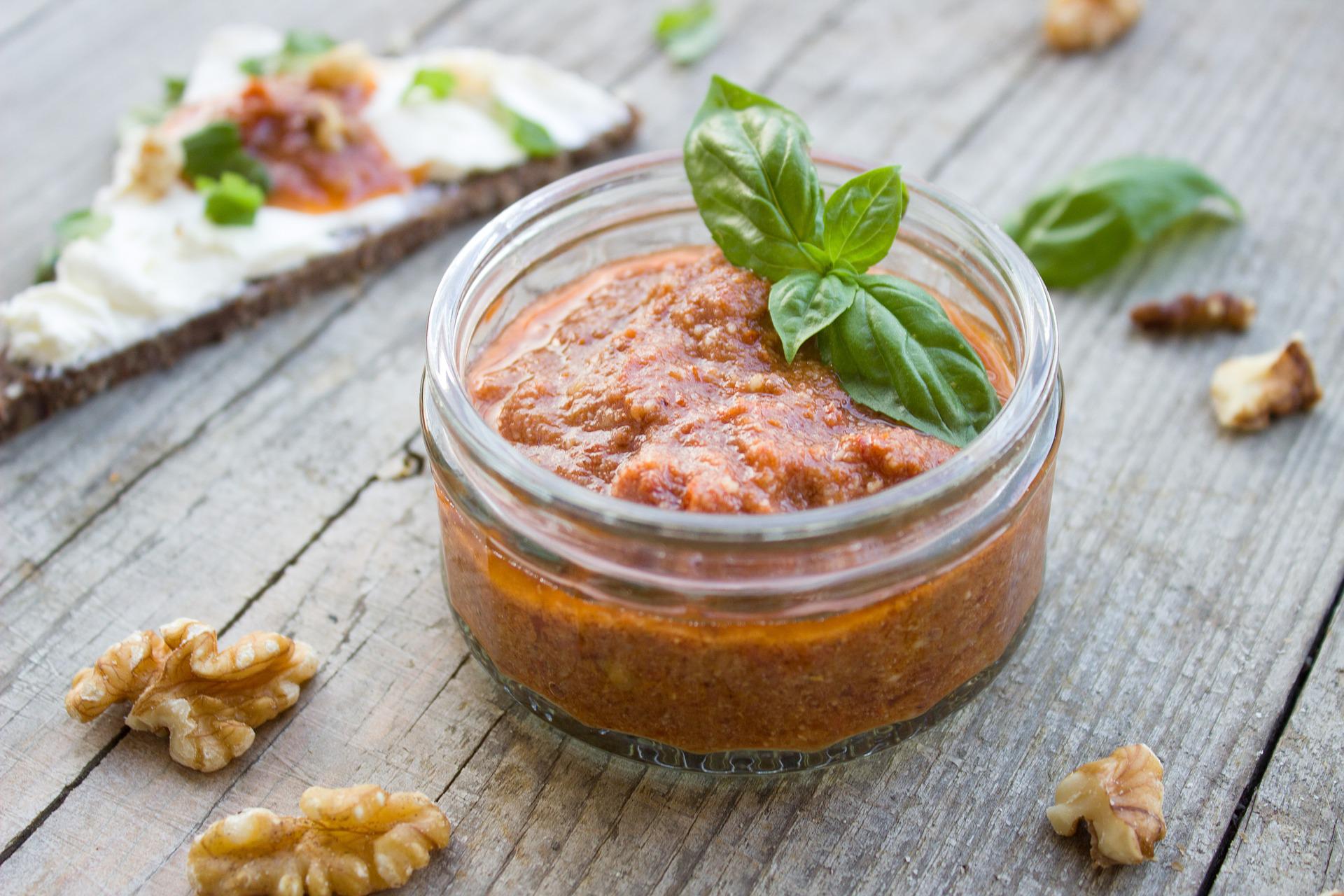
Chutney requires little to no fuel to make because it is normally served raw. It requires only a few ingredients, which can be foraged or cultivated in the backyard. This can mean an abundance of ingredients, even if you don’t have the resources to buy or grow them yourself, in some sections of the country. So, in Uttarakhand, where hemp grows well in the steep terrain, various portions of the plant have long been a kitchen staple, and hemp seed (bhaang) chutney is one of the region’s distinctive chutneys.
Take, for example, the chaprah chutney, which is popular in Bastar, Chhattisgarh, and is produced by smashing a certain type of red ant with other spices. Aside from providing flavour to the dish, the ants are also a good source of protein. One may argue that the region’s microclimate limits the ingredients available, but as with any creative endeavours — which is essentially what cooking is — the limitations imposed on cooks are rather arbitrary.
This has resulted in the development of chutneys that speak eloquently about the realities in their respective places. The typical thali of an area may give you a sense of the type of food that the locals cherish, but it’s in the chutney — that simple condiment that frequently serves as a side dish — that you’ll see what they’ve had to make do with. Nagaland is a wonderful illustration of this. “Every meal must include chutney.” Chutney, in most cases, compensates for the lack of side dishes.
Many indigenous households live in poverty and cannot afford to prepare side dishes. According to Karen Yepthomi, head chef and owner of Dzukou Tribal Kitchen in Delhi, “that’s how the chutney became an intrinsic part of tribal food.” Chutneys also add spice and large, powerful flavours to foods that are otherwise cooked simply. “Everything is steamed or boiled, from the rice to the protein — whether pork, cattle, fish, or chicken — to the veggies. Green chilies, raja mirchi, axone (fermented soybean paste), and fermented fish are commonly included in the chutney, which provides heat and spice.
“How much spice you use depends on how much heat you can handle,” Yepthomi says. Take, for example, the hot, arid heartland of Andhra Pradesh, where chutneys are produced from a dizzying array of ingredients, including tomato, gongura (roselle), ginger, green chilies, various gourds, cabbage, brinjal, and even gramme flour. “People could eat their rice with chutneys even if they didn’t have access to anything else,” says Y Narayan Reddy, food consultant at Tenali Hospitality in Delhi. “There’s a reason why chutney is supposed to be the beginning and end of every meal in Andhra Pradesh. It is a crucial component of the cuisine. Every course of the meal is accompanied by a chutney.
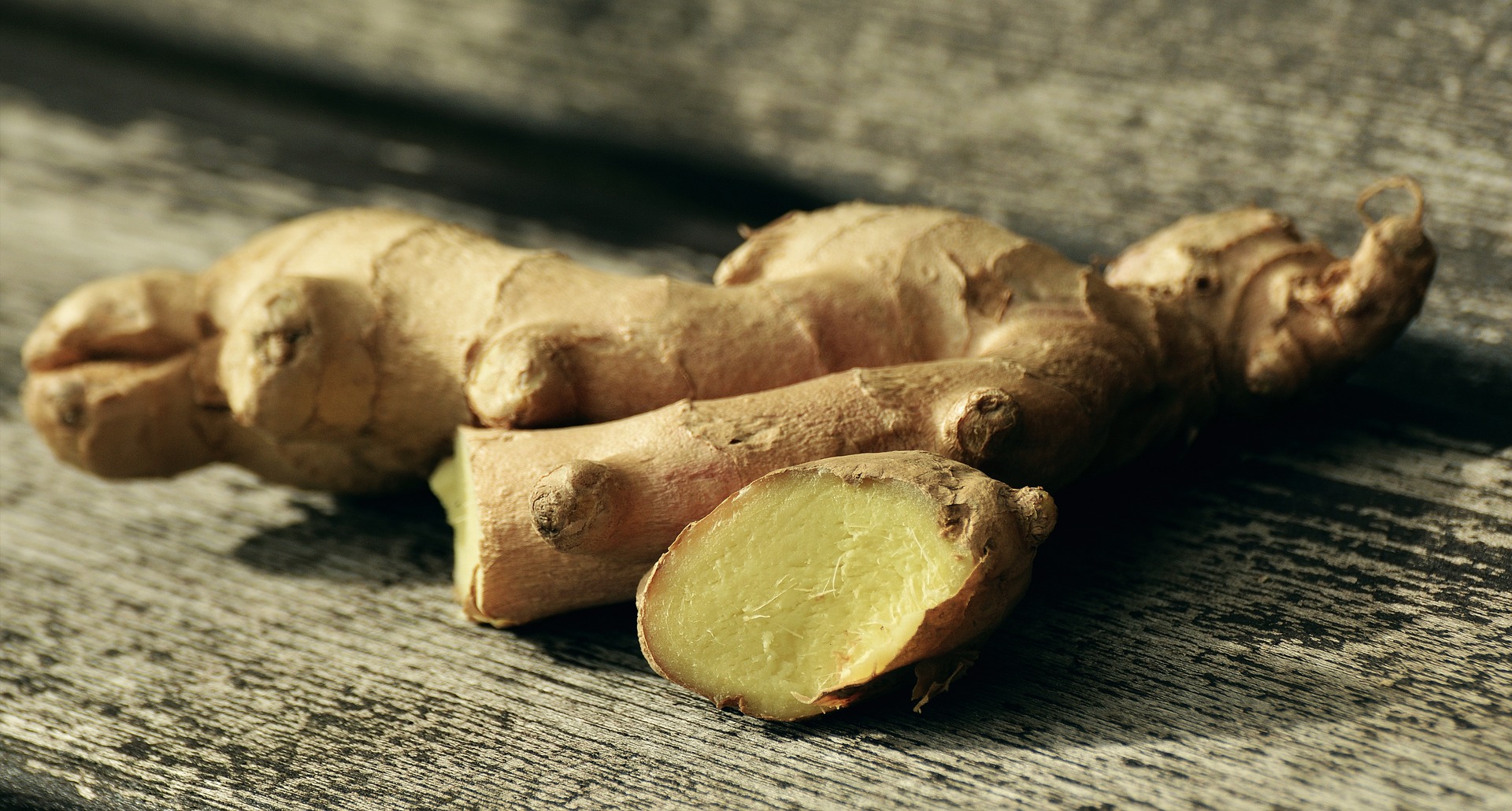
Chutney has evolved over time to encompass many types of thecha (Maharashtra), chammanthi (Kerala), pacchadi (Andhra Pradesh), thogayal (Tamil Nadu), and other similar foods that have emerged across the country. This covers the different types of podi (powder) found throughout south India, which are eaten after being combined with ghee or oil. Pant believes that the term “chutney” became the pan-Indian term for this category of food as a result of the British influence, who developed a taste for chutney because it was eminently adaptable to all types of palates and helped them cope with the strong flavours of Indian food, according to Pant.
The chutney is a ubiquitous aspect of Indian cuisine no matter where you travel, and it’s produced from a dizzying array of ingredients, from Uttarakhand’s hemp seed chutney to Gujarat’s acidic and spicy peanut-and-green-chilli chutney to Kashmir’s walnut-based doon chetin. Ingredients can be deleted or added, and they can be roasted, cooked, or used plain to transform one chutney into an entirely new chutney. In Gujarat, for example, peanuts are used to provide creaminess and a distinct nutty flavour to the traditional mint-and-coriander chutney.
Then there’s the common coconut, which produces the pleasantly sweet morning complement known as coconut chutney when blended with few green chilies and ginger and tempered with mustard seeds and curry leaves. When roasted and converted into Kerala’s varutha thenga chammanthi, that same coconut develops a richer, more nuanced flavour.
It’s difficult to find a single unifying feature in a country as different as India, especially when it comes to food. Rice, like dal, may be a common thread that connects us all. Chutney, considering how much we rely on it to keep us alive and how much pleasure we get from changing the most ordinary of foods into a vibrant, spicy, and delectable melange for our meals, may be counted as one.
Yogurt Dip
The yoghurt dips should be made using fresh curd. Drain the liquid by tying the thick curd in a muslin towel and hanging it for an hour. When 1 cup of thick curd is hung, 12 cup of hung curd is produced. When the whey (liquid) is drained from the curd, the sourness is reduced as well. As a result, the curd is hung to thicken it as well as to minimise the sourness of a yoghurt dip.
Sweet & Sour Chutney/ Sauce
- roasted jeera
- chilli powder
- salt
- boiling water
- Cook over low heat until all of the ingredients are completely dissolved.
- Cook until it reaches the right consistency.
- Keep it cool.
- Serve with Indian appetisers.
Orange Yogurt Dip
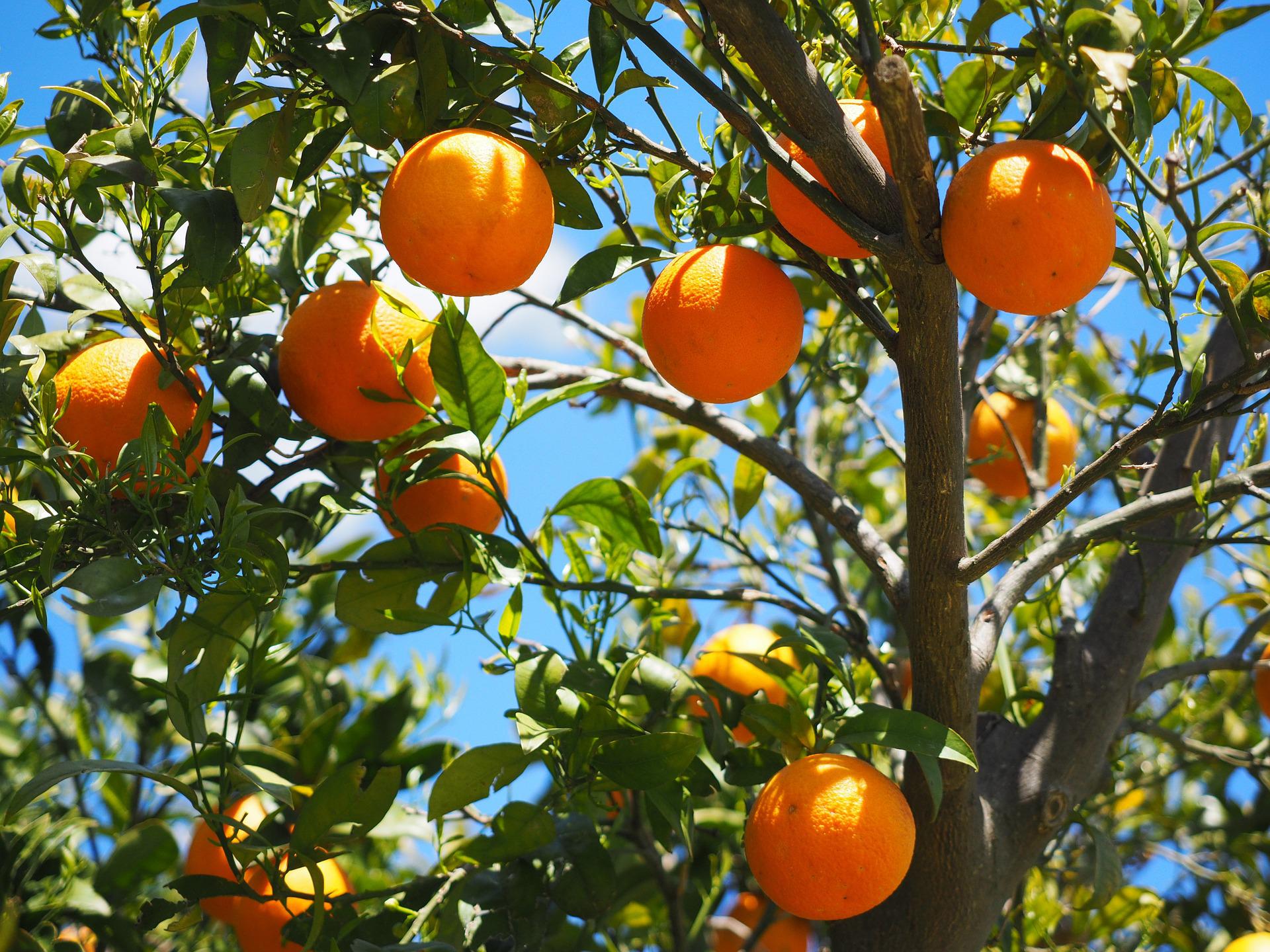
- thick yogurt hung for 1 hour
- tomato puree
- lemon juice
- vinegar
- orange juice
- zest of lemon
- red chill paste
- salt & sugar to taste
- Blend all of the yoghurt dip ingredients together until smooth. Serve cold.
- To serve, place the yoghurt dip in a bowl on a serving platter. Surround it with chips, cream crackers, and veggie sticks.
Strawberry Mint Dip
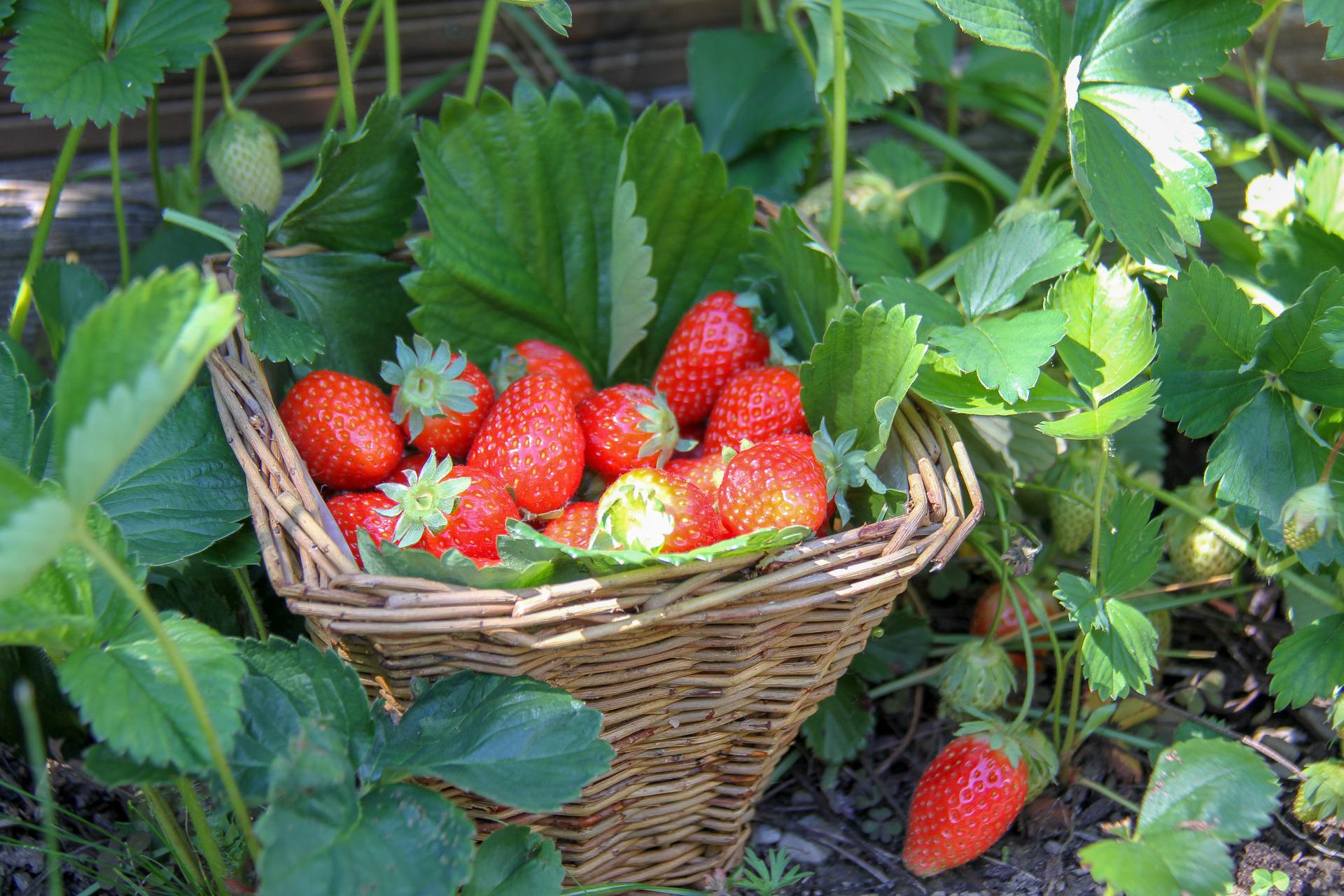
- curd-hung in a muslin cloth for 1 hour
- chopped strawberries
- chopped mint
- sugar
- salt to taste
- Hung yoghurt in a muslin cloth for 1 hour.
- Puree the strawberries in a blender for a few seconds.
- 3.Blend the yoghurt until it is completely smooth.
- Combine strawberry puree, mint, salt, and sugar in a mixing bowl.
- Serves best with vegetable sticks of carrots, cucumber or blanched broccoli florets.
Salsa
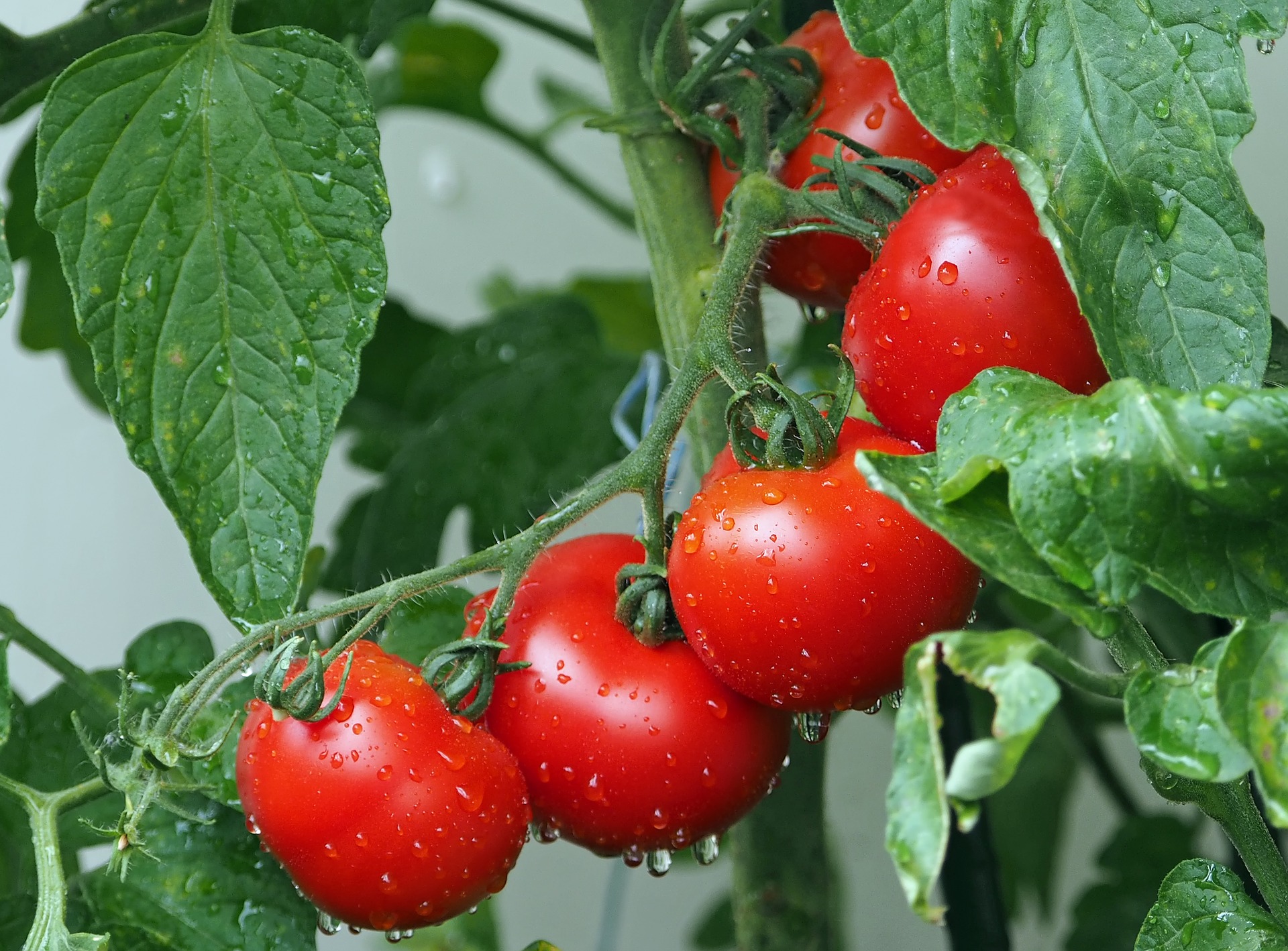
- tomatoes
- onion-chopped
- green chillies – chopped
- chopped green coriander
- oil
- salt & white pepper to taste
- vinegar
- Using a fork, pierce the tomato. With a fork, hold it over the flame and cook it on all sides until slightly browned. Rep with the remaining tomatoes. Allow to cool before peeling. 2 tomatoes should be chopped, and the other 2 should be pureed.
- In a pan, heat the oil. Toss in the onions and green chilies. Stir in the chopped and pureed tomatoes, as well as the salt, pepper, vinegar, and coriander. Turn off the heat (salsa does not require too much cooking, just mix over heat and remove quickly).
- Serve with nacho chips and serve.
Nutty Dip
- Mayonnaise
- coarsely grounded walnuts, almonds, peanuts or cashew nuts
- a few of raisins (kishmish)
- few garlic flakes, crushed and chopped
- lemon juice
- parsley or coriander, chopped
- In a mixing bowl, combine all of the ingredients for the mayonnaise and whisk everything together thoroughly.
- Serve with crisp carrot and cucumber sticks, French fries, or nacho chips after chilling.
Pudina / Mint Chutney
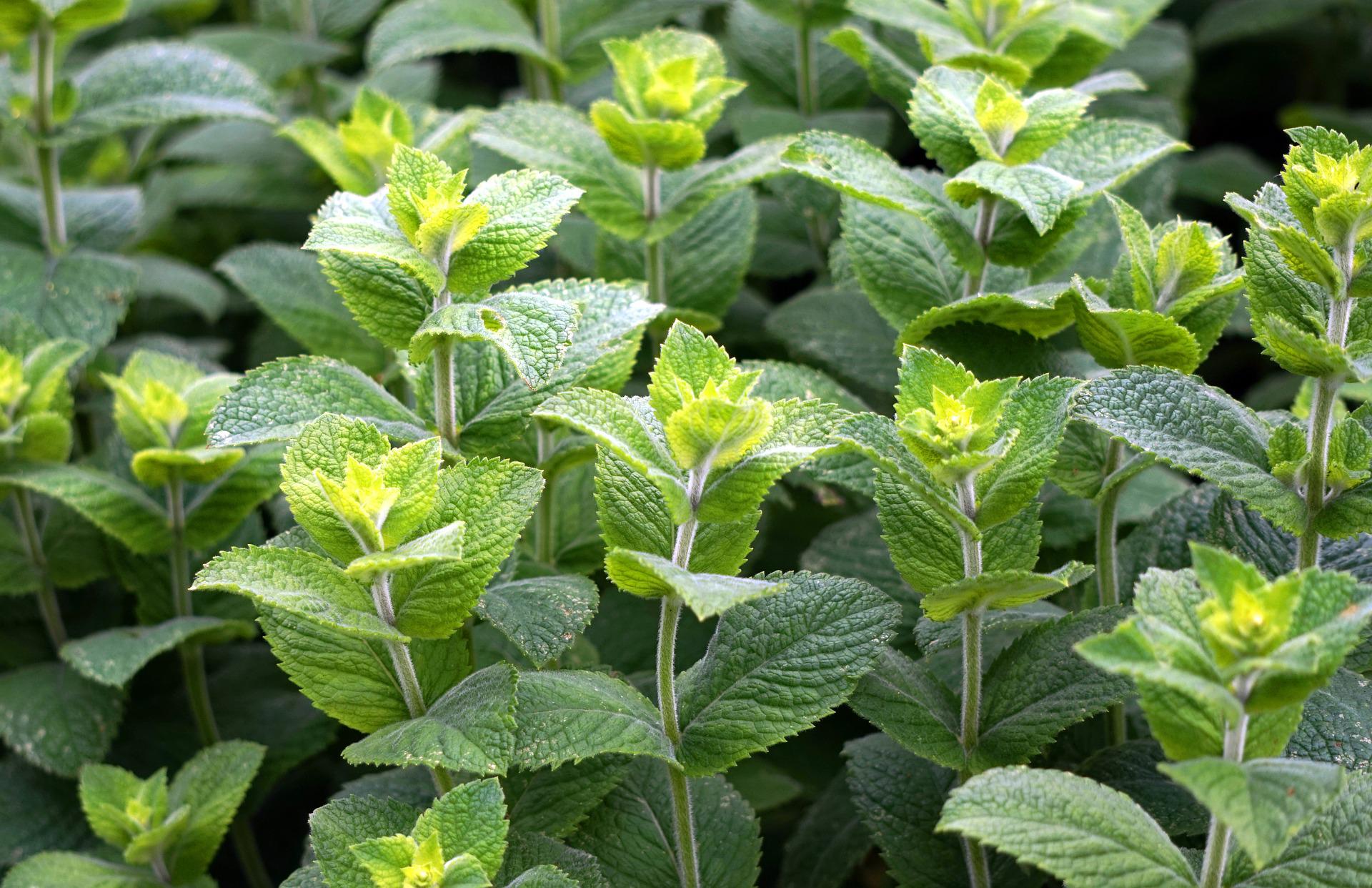
- Mint leaves
- Coriander leaves chopped along with stem
- Green chillies
- Onion chopped
- Dry mango powder
- Sugar
- Salt
- Coriander and mint leaves should be washed.
- To make the chutney, combine all ingredients in a blender with just enough water to achieve the desired consistency.
Coconut Chutney
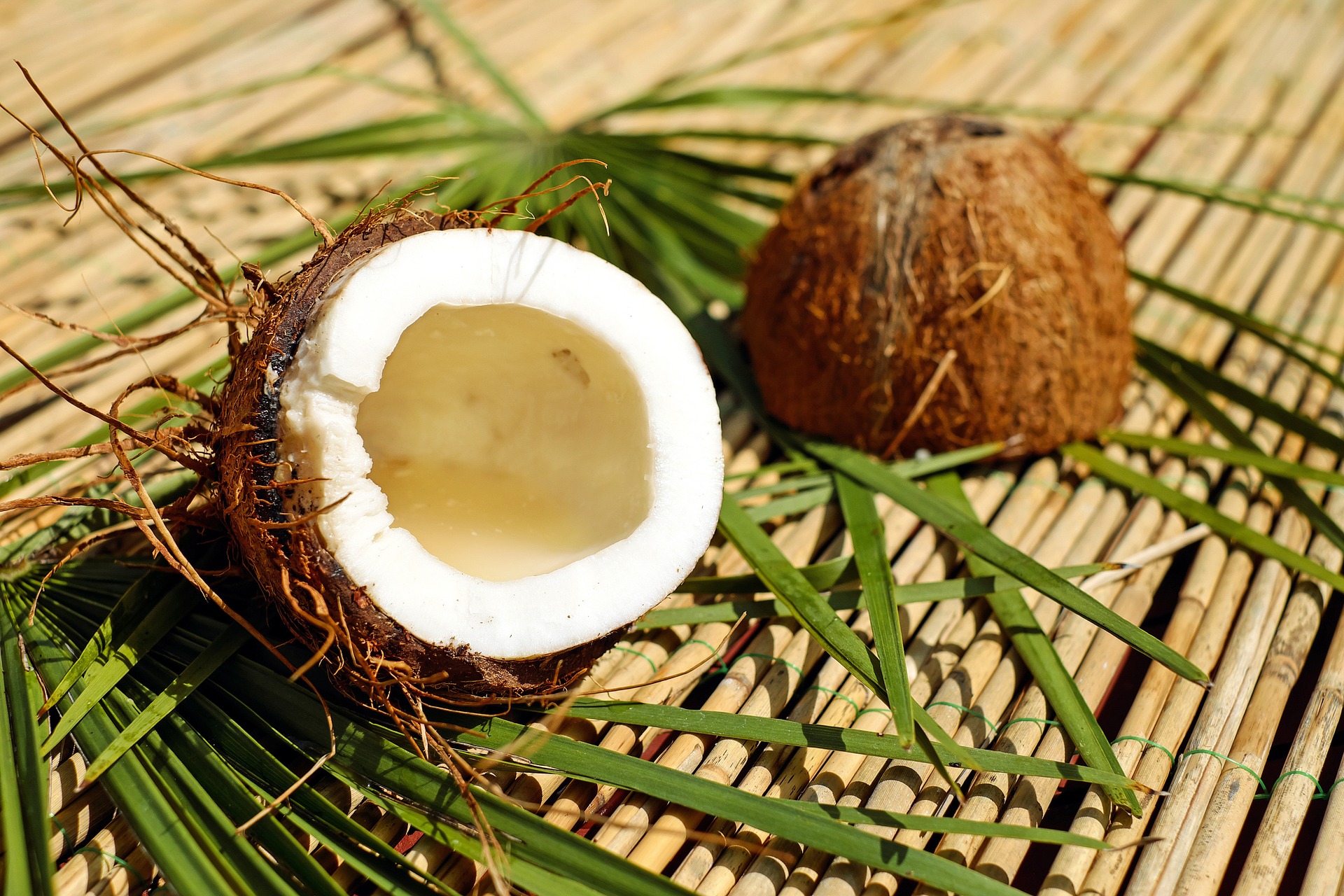
- freshly grated or desiccated coconut
- roasted bengal gram/channa
- green chilli chopped
- onion chilli chopped
- salt
- piece ginger
- sour curd
- mustard seeds
- dry red chillies
- Grind all ingredients of the chutney adding enough curd to get the right consistency
- Keep aside in a bowl.
- Heat oil.
- Add mustard seeds.
- When it splutters, add broken red chillies. Pour this oil into the chutney.
- Serve with South Indian snacks.
Ambada / Hog Plum and Coconut Chutney — Konkan coast
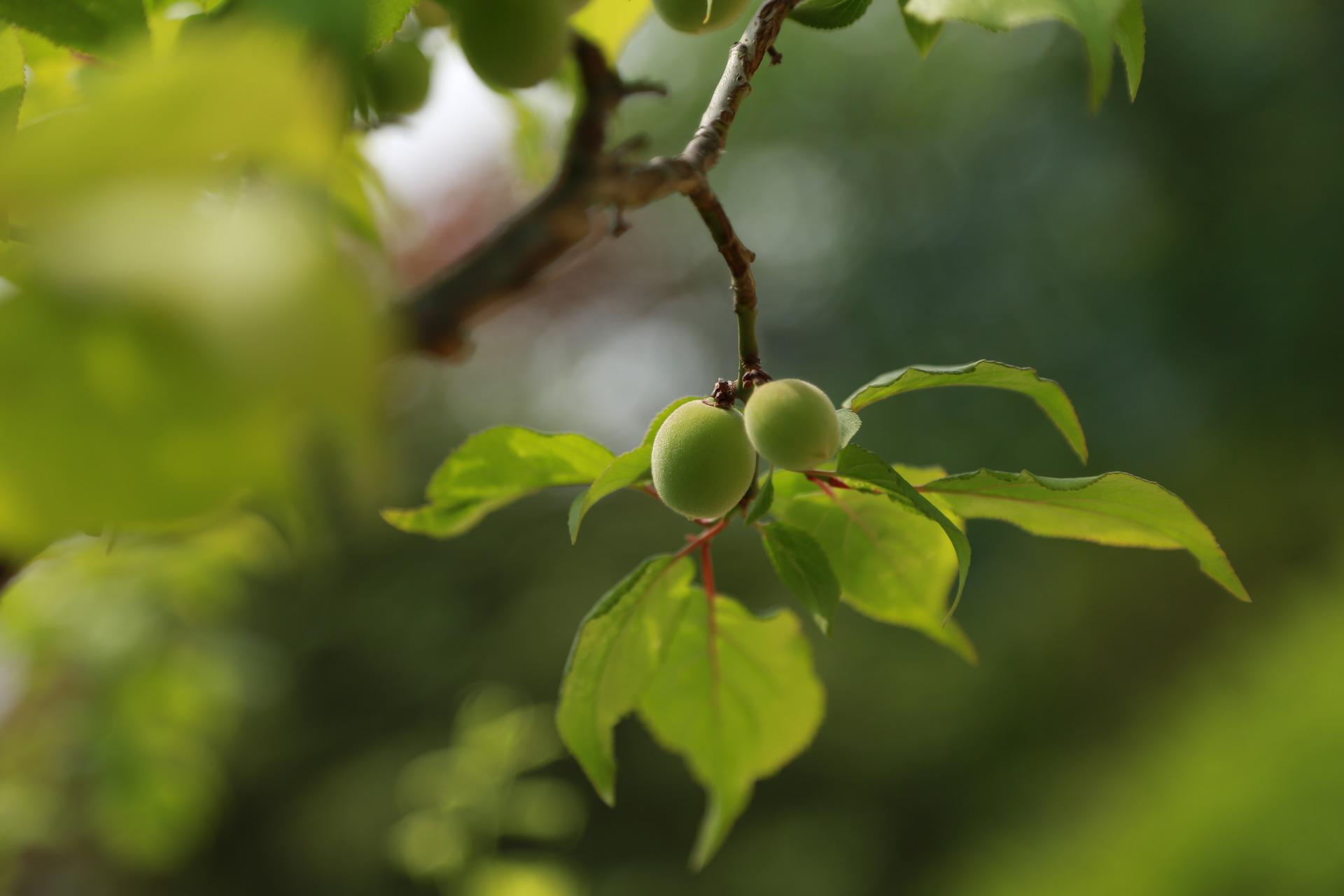
The ambada, which is about the size of a lime, has a green skin that should be peeled away to reveal a hard white fruit.
- Fresh coconut grated
- Green ambada (hog plum) peeled
- Green chillies
- Small, young curry leaves
- Black mustard seeds
- A pinch of asafoetida
- The ambada, which is about the size of a lime, has a green skin that should be peeled away to reveal a hard white fruit. The seeds inside will be substantially inseparable from the pulp if it is very raw.
- Take half of this fruit and coarsely grate it. To taste, add more.
- Make a smooth paste with the green chilli coconut and ambada. To make grinding easier, add a little water. Season with salt and additional ambada if you like it sour.
- Heat the oil over a high heat source.
- Cook for 30 seconds after adding the mustard seeds. Remove from the heat and add the curry leaves and asafoetida.
- Allow to cool before pouring over the chutney. Stir everything together thoroughly.
Tribal Green Chilli Chutney — Nagaland
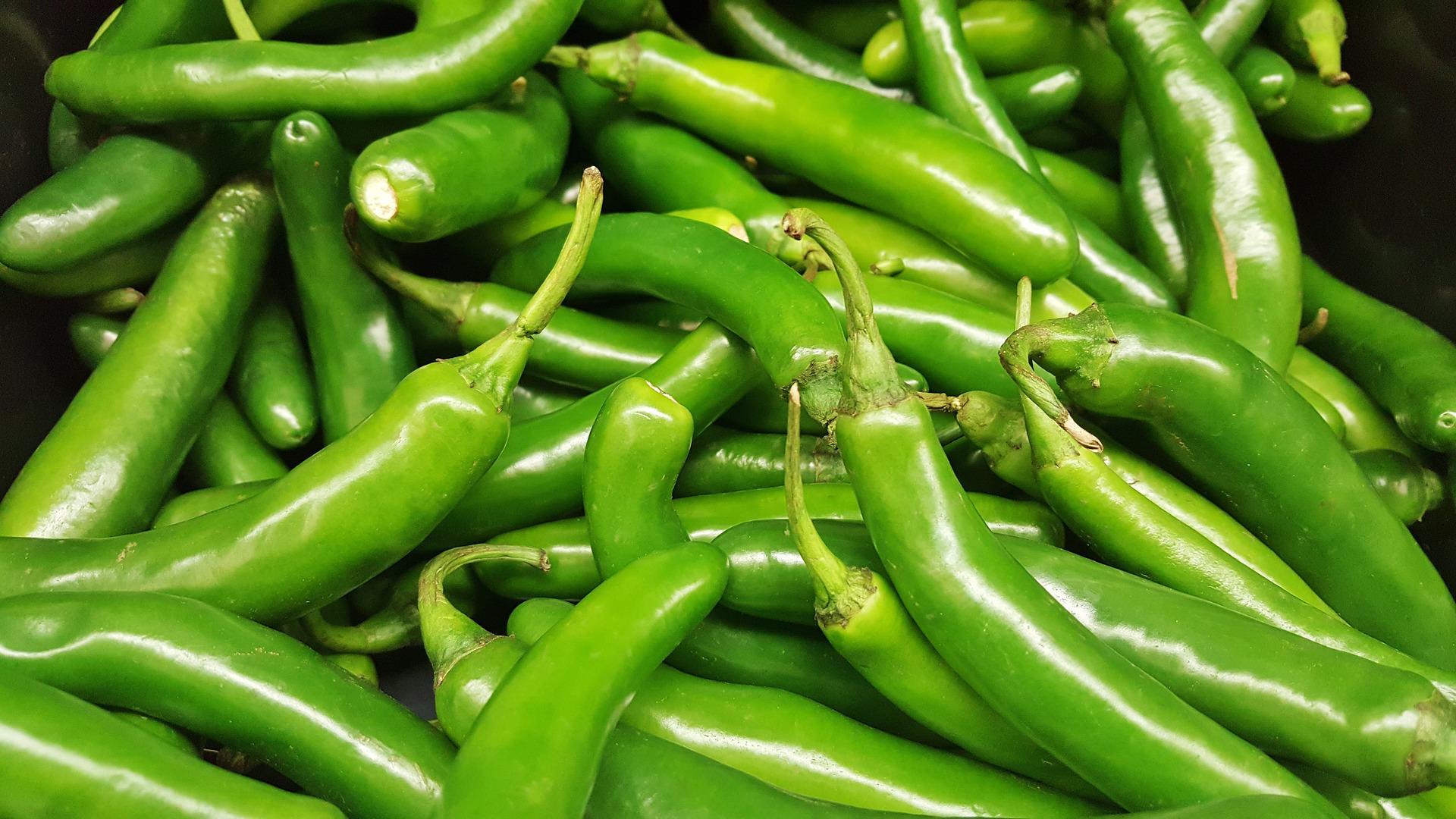
- Fermented fish
- Tomato
- Naga garlic/Garlic cloves
- Green chilli (whole)
- Salt to taste
- Chives for garnishing
- On both sides, roast the green chilies and fermented fish for 2-3 minutes over a heat.
- Place everything in a mortar, except the chives, and pound with a pestle until everything is well-blended and aromatic.
- Serve with chives as a garnish.
- Pumpkin seeds can be used in place of fish for vegetarians.
Dondakaya Chutney (ivy gourd chutney) — Andhra Pradesh]
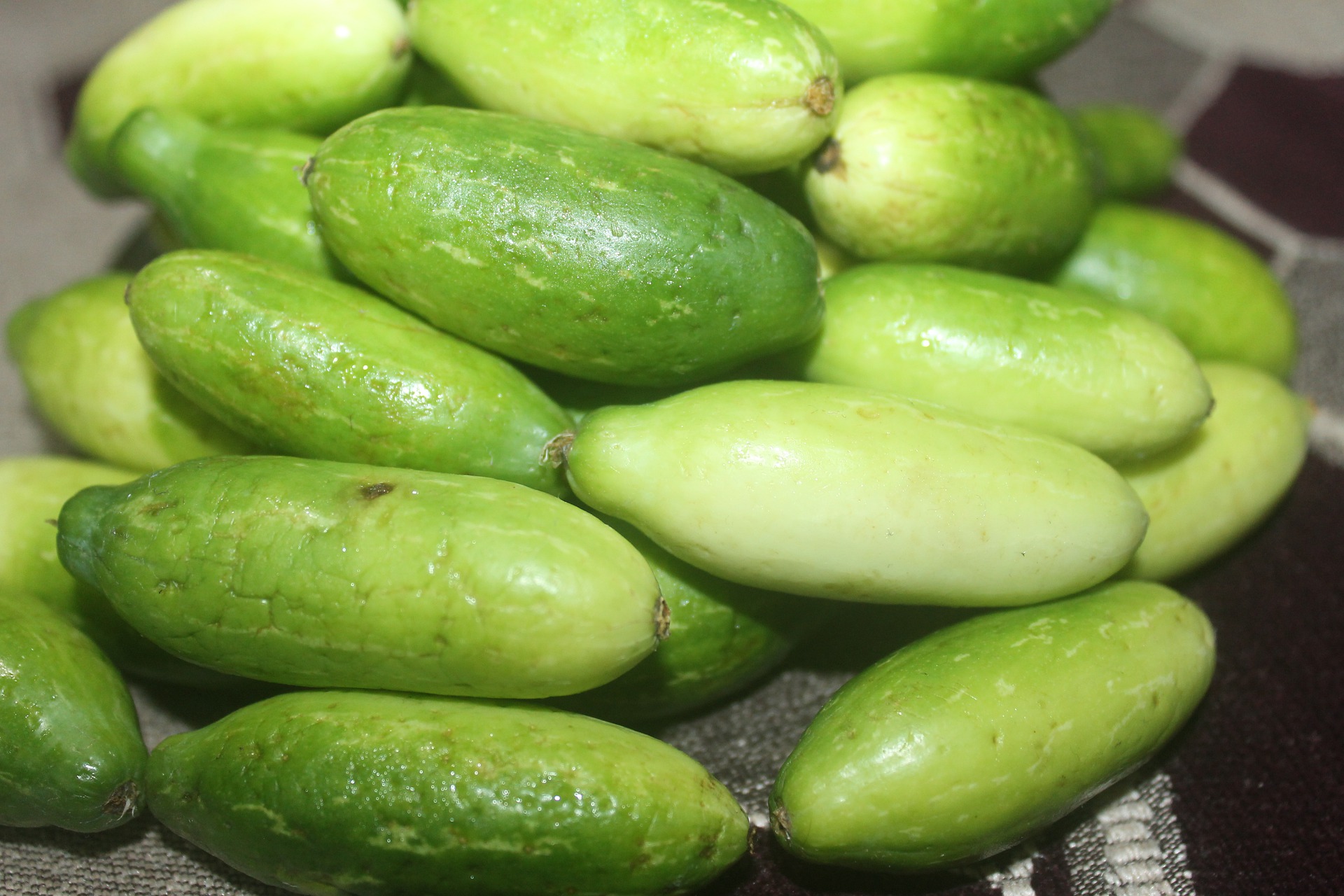
- Dondakaya (Ivy gourd/ kundru/tendli)
- Urad dal/ black gram (whole)
- Chana dal/ Bengal gram
- Green chillies
- Garlic
- Coriander seeds
- Turmeric
- Salt to taste
- Oil
- Red whole chillies
- Mustard seeds
- Ivy gourd should be cut into small pieces.
- In a pan, heat the oil and add the dals. Then add the garlic, gourd, and spices and simmer until everything is done.
- Cool it down and crush it into a paste. Finally, heat the oil and add the tempering ingredients.
- Pour this tempering over the chutney as soon as the mustard splutters, and serve.
Doon Chetin (walnut chutney) — Kashmir

- Walnut kernels, washed and ground coarsely
- Onion
- Green chillies
- Black cumin seeds (shah jeera)
- Dry mint leaves
- Salt to taste
- Green coriander leaves, chopped
- Yogurt, hung in a muslin cloth for two hours
- Grind all ingredients together and mix it. Doon Chetin / walnut chutney is ready.
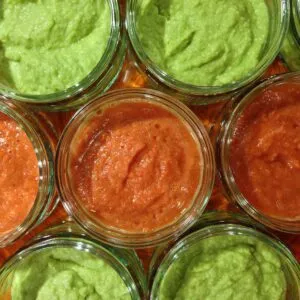

1 thought on “Indian Relish Chutneys/ Condiments”